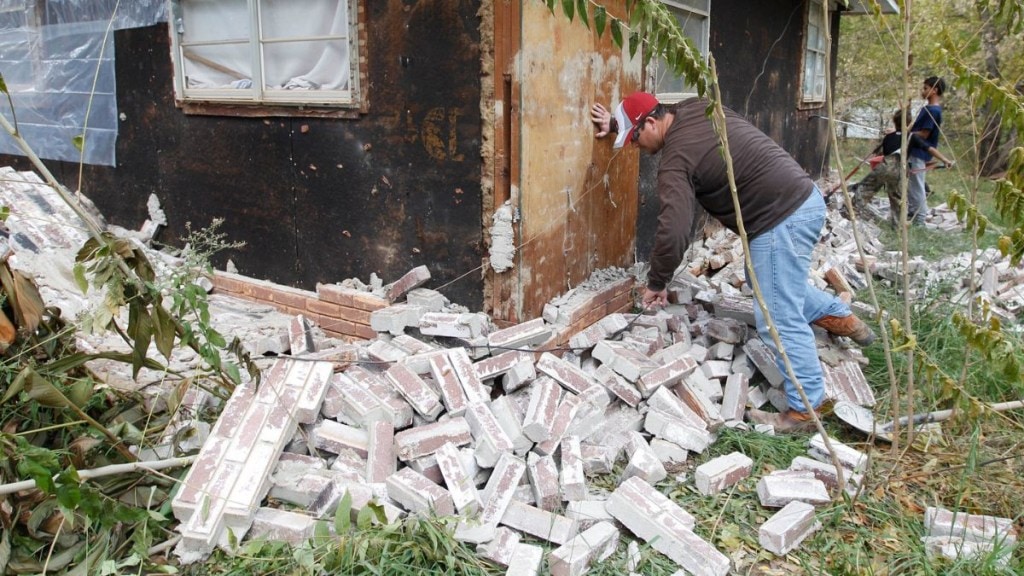A magnitude 5.8 earthquake struck off the coast of Oregon late Monday night, according to the US Geological Survey (USGS).
The tremor hit around 10:30 pm local time at a depth of 8.5 miles, approximately 102 miles west-southwest of Port Orford.
Two smaller aftershocks quickly followed, a 3.3-magnitude and a 4.9-magnitude quake, but no tsunami warnings were issued. The USGS identified the first, larger tremor as the potential mainshock of a developing earthquake sequence.
Additional tremors in California
Roughly 20 minutes later, at 10:50 p.m., a separate 3.3 magnitude earthquake was recorded near Pearblossom, California, about 50 miles northeast of Los Angeles.
The shallow quake, with a depth of 5.6 miles, was felt across nearby communities including Palmdale and Glendale.
Swarm activity in South Carolina
In late August, South Carolina experienced an unusual swarm of at least a dozen earthquakes centred near Coronaca and Lake Greenwood in Greenwood County.
The quakes, which measured between 1.7 and 3.0 magnitude, caused no major damage but prompted the South Carolina Emergency Management Division to issue preparedness reminders.
Authorities urged residents to secure heavy household items, practice “drop, cover, and hold on” drills, and review earthquake insurance coverage. Locals who felt the tremors were encouraged to file reports with the USGS.
Seismic volatility in Alaska
Alaska, the nation’s most seismically active state, also saw strong recent activity. A magnitude 6.0 quake struck near Unalaska earlier this week, while the year’s most powerful US earthquake so far, a 7.3 magnitude, shook Sand Point.
California continues to record steady low-to-moderate quakes linked to the San Andreas Fault system, including a 3.7 magnitude tremor near Ferndale and several smaller ones in the Greater Los Angeles region.
Meanwhile, Texas reported minor earthquakes near Midland and Mentone, with some experts pointing to links between seismicity and oil and gas operations.
In Hawaii, tremors ranging from 2.0 to 2.5 magnitude were detected near Pāhala and Volcano, reflecting ongoing volcanic and fault-related activity beneath the islands.
Recent US quakes have varied widely in depth, from as little as 0–3 km to more than 39 km underground.
Seismologists note that shallower quakes tend to be felt more strongly at the surface, increasing the risk of damage when they strike near populated areas.

